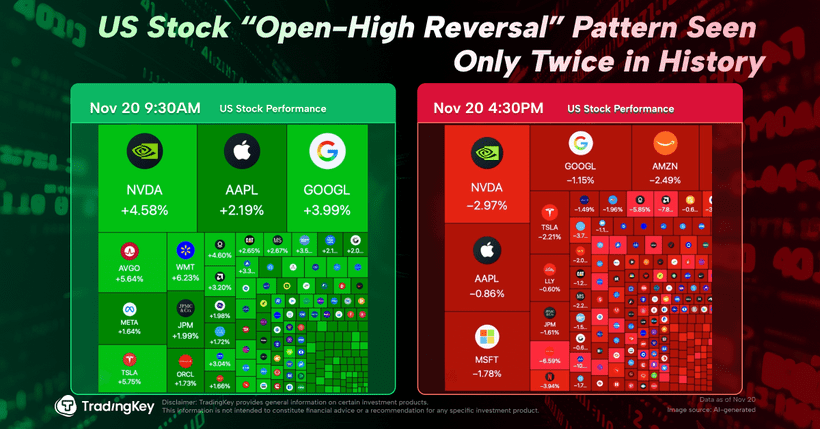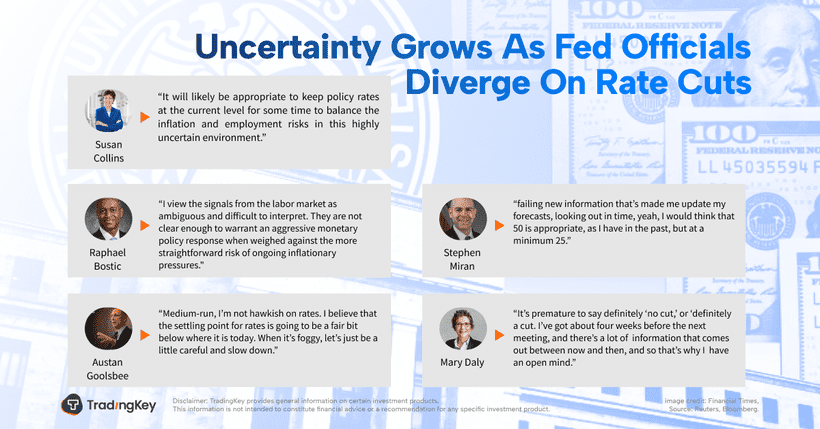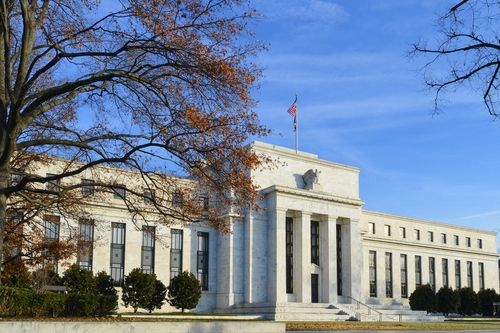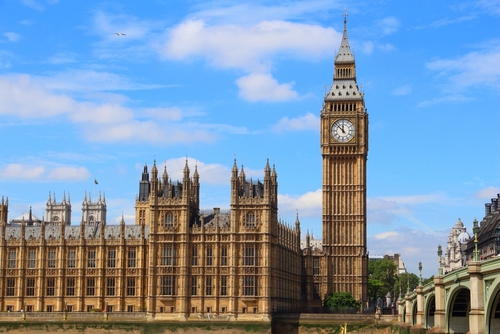Japan July CPI Commentary: Inflation Eases but Remains Elevated, Yen Appreciation Expected


TradingKey - On 22 August 2025, Japan released its inflation data for July. The figures showed that the year-on-year increase in the national Consumer Price Index (CPI) eased to 3.1%, down from 3.3% in June. Meanwhile, although Japan’s core CPI (excluding fresh food) for July was slightly above the market expectation of 3%, it still dropped by 0.2 percentage points compared with the previous reading. However, the "core-core CPI"—which excludes both food and energy items—remained unchanged at 3.4%. The decline in Japan’s headline CPI and core CPI in July can be attributed to three factors: falling energy prices, a noticeable drop in Tokyo’s CPI for July, and the persistent inertia of the headline CPI decline.
Looking ahead, although Japan's inflation has gradually declined from its peak, the CPI is expected to remain significantly above the Bank of Japan's (BOJ) 2% target in the short term. Against this backdrop, it is anticipated that the BOJ will resume its interest rate hike cycle in October. In contrast, the Federal Reserve is expected to restart rate cuts in September. As the policy rate differential between the two countries narrows and Japan's economy continues to demonstrate resilience, we anticipate that the yen-to-dollar exchange rate is poised to rise.
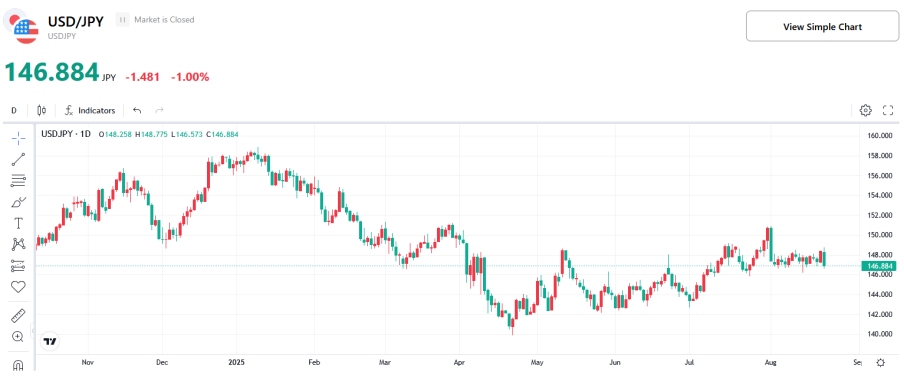
Source: TradingKey
Main Body
On 22 August 2025, Japan released its inflation data for July. The figures showed that the year-on-year growth rate of the national Consumer Price Index (CPI) eased to 3.1% in July, down from 3.3% recorded in June. Meanwhile, although the core CPI (excluding fresh food) for July was slightly above the market expectation of 3.0%, it still dropped by 0.2 percentage points compared with the previous reading. However, the "core-core CPI" – which excludes both food and energy items – stood at 3.4% and showed no signs of a downward trend (Figure 1).
Figure 1: Market Consensus Forecasts vs. Actual Data
 (1).jpg)
Source: Refinitiv, TradingKey
The decline in Japan's headline CPI and core CPI in July can be attributed to the following three reasons:
· First, the slowdown in inflation data (Figure 2) is mainly due to the drop in energy prices. Energy prices fell by 0.3% year-on-year in July, marking the first decline since March 2024.
· Second, the CPI in the Tokyo area showed a noticeable decline in July. Compared with June, both the headline CPI and core CPI dropped by 0.2 percentage points. Given that Tokyo's inflation data serves as a leading indicator, the slowdown in its growth rate has a prominent impact on Japan's national inflation figures (Figure 3).
· Finally, Japan's national CPI has been in a continuous downward trend since the start of this year, gradually falling from a high of 4% in January to 3.3% in June. Like other economic indicators, CPI itself has inertia. Driven by the downward trend, the CPI figure for July declined compared with the previous month.
However, it is worth noting that despite the Japanese government's release of emergency rice reserves, rice prices in July still surged by 90.7% compared to the same period last year, primarily affected by the threat of high-temperature weather to crop yields. The ripple effects triggered by rising rice prices have been particularly pronounced: prices of processed foods increased by 8.3% year-on-year, marking the fastest growth rate since September 2023.
Figure 2: Japan CPI (%, y-o-y)
.jpg)
Source: Refinitiv, TradingKey
Figure 3: Tokyo CPI (%, y-o-y)
.jpg)
Source: Refinitiv, TradingKey
In terms of economic growth, despite the drag on Japan’s exports caused by the United States’ large-scale tariff hikes, the Japanese economy has still shown resilience. The recently released GDP data for Japan’s second quarter delivered an unexpectedly strong performance, and coupled with the U.S.-Japan trade agreement reached earlier this month, these two factors have jointly led investors to expect that the "tariff-induced economic recession" can be averted.
Looking ahead, although Japan’s inflation has gradually declined from its peak, the CPI is still expected to remain significantly above the Bank of Japan’s (BOJ) 2% target in the short term. On the monetary policy front, the BOJ kept its policy rate unchanged at 0.5% on 30 July 2025, a move that signals a weakening of its previously hawkish stance (Figure 4). However, we believe this situation is unlikely to persist. Given that inflation remains elevated, we anticipate the BOJ will pivot back to a hawkish stance and resume its rate-hiking cycle in October. In contrast, the U.S. Federal Reserve is widely expected to resume rate cuts in September. As the policy rate differential between the two countries narrows and Japan’s economy continues to demonstrate resilience, we project that the yen-to-dollar exchange rate is poised to rise.
Figure 4: BoJ Policy Rate (%)
.jpg)
Source: Refinitiv, TradingKey


